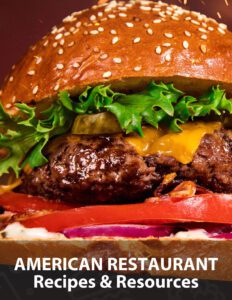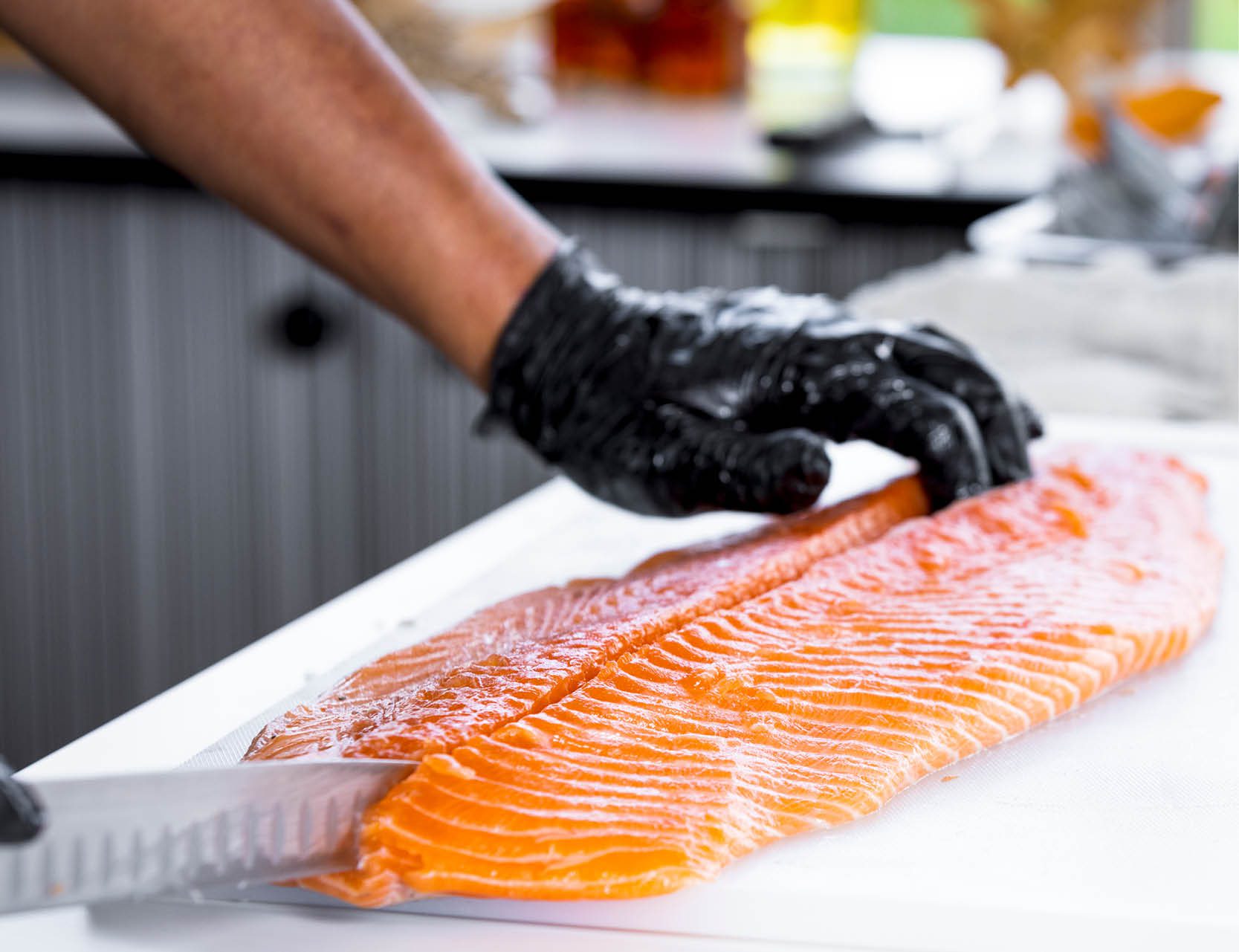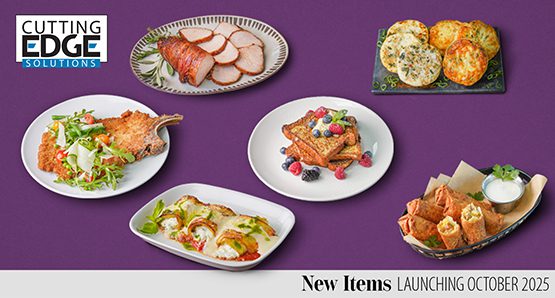From preserving the well-being of the ocean and its species to supporting positive working conditions in fishery-dependent communities, seafood sustainability covers a lot of ground, and purchasing seafood that’s good for both businesses and the environment is a top consumer priority.
Beyond delicious seafood options, we believe in providing our customers with ideas and resources to promote a better future for our planet.
Here are a few simple ways you can do your part in the back of the house.
#1: Tinned and Canned Fish
As is the case with most “trendy” food items, tinned fish has already been around for hundreds of years. Tinned fish is a centuries-old way of preserving and eating fish in Europe (specifically Spain and Portugal) where the fish are harvested at the peak time and canned in a variety of oils and spices to complement their natural flavor. A nutritional powerhouse, these fish are a convenient and affordable source of protein and, depending on the type of fish, can also be a great source of omega-3 fatty acids and other essential nutrients. A prominent food trend that’s been taking social media by storm, tinned fish is also prized for being sustainable and waste-free. Most canned fish varieties use smaller species like mackerel and sardines, which have abundant and healthy populations. Harvesting them doesn’t pose a significant threat to the well-being of ocean life. It’s shelf- stable and since it doesn’t need to be refrigerated, it requires less energy to preserve the product. Lastly, since it’s not perishable until it’s opened, there is minimal food waste. It allows operators to buy in bulk and can help balance out the budget. Delicious served with crusty bread, good butter, and fresh herbs, it can easily elevate dishes and add a punch of umami to salads, sauces, charcuterie boards, pasta, rice, and more.
#2: Dry Aging
Dry aging is a trending method that lets chefs extend the shelf life of their fish while also intensifying its flavor. Rooted in Japanese traditions, the basics of dry aging involve meticulous cleaning, gutting, and scaling of the fish, then they are hung from hooks in a moisture and temperature-controlled refrigeration system for days, even weeks. The enzymes in the fish break down over time, resulting in more umami, tenderness, and fattiness to the seafood, with a melt-in-your mouth texture and a deeper, more complex taste. This technique can be used for a range of raw dishes like crudo, tiradito, ceviche, and sashimi. The amount of time needed for dry aging varies depending on the fish, but the payoff is worth it. It’s a fantastic way to reduce food waste, cut costs, and create delicious meals that your guests will love.
#3: Zero Waste Cooking
Cooking with leftovers, scraps, and other odds and ends is not only creative, but saves time and money, and is better for the environment. Instead of throwing away seafood scraps like shrimp shells and fish bones, use them to create flavorful broths, creams, dips, and sauces. You can also use them to flavor rice, pasta, or vegetables. Meat from the head and skeleton can be made into a “mince” for Fish croquettes. You can also use different fish trim to create a delicious, sustainable ceviche. With zero waste methods, every part of the fish is utilized, resulting in increased profit margins for you as an operator. Plus, you’ll be contributing to a more sustainable food system by reducing landfill waste.












